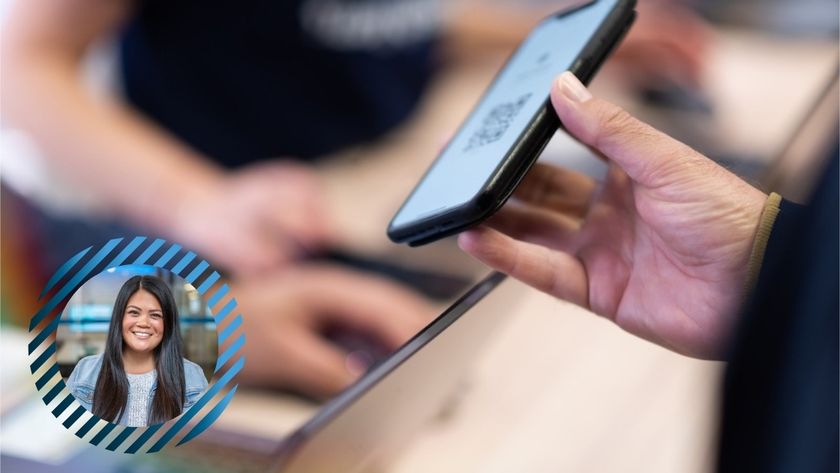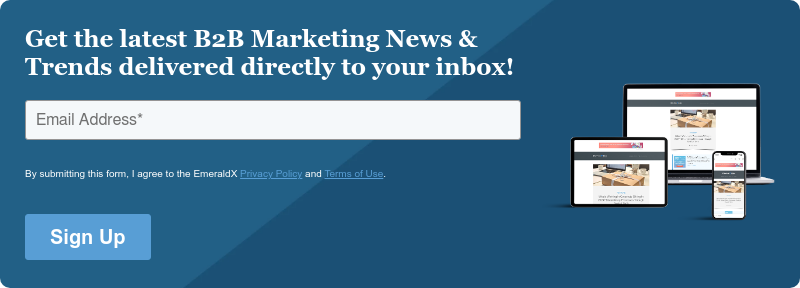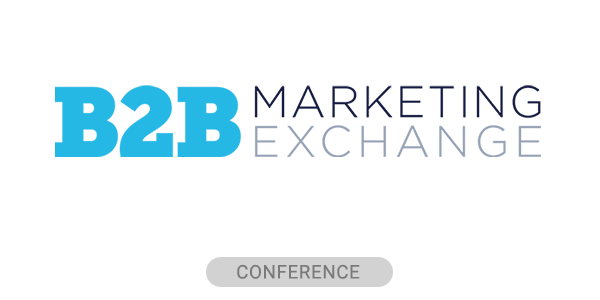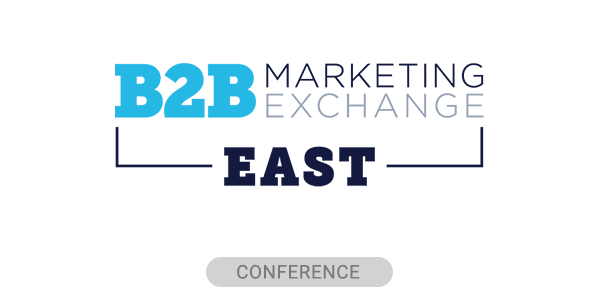Experiential marketing is having a moment. Companies are investing more in events and activations than they did before the pandemic, betting big on face-to-face connections in 2025.
But the challenge is proving those investments actually pay off. HubSpot found that 61% of marketers struggle most with lead generation, and for those pouring budgets into physical experiences, the pressure to show results is intense.
Here’s where QR codes come in. What started as a simple way to share information has become the missing link between live engagement and measurable outcomes. When someone scans your code at an event, they’re raising their hand and saying, “I’m interested.”
Advantage of QR Codes
That intent matters. While most people encounter QR codes weekly now, scanning one at your booth or activation represents something different. It’s a deliberate choice made in a trusted environment, which explains why these interactions deliver engagement rates three to four times higher than typical digital campaigns.
The timing couldn’t be better. With third-party cookies disappearing, marketers need new ways to understand their audiences. QR codes provide exactly that— permission-based insights into who’s engaging and when and what they care about. Nearly all companies using QR strategies report better first-party data collection, with most seeing positive impacts across their entire marketing operation.
For event marketers, it’s a shift from guessing to knowing. Scan data shows you who engaged, what they were interested in and when they were most active. That kind of clarity makes follow-up more effective and helps prove the value of your event.
From Strategy to Action
The newest generation of QR codes can do more than just point to a webpage. When built into the flow of an event, they open the door to genuine interaction and actionable data. But for them to work, they need to be planned with intention.
It starts with where you put them. QR codes work best in places where people naturally slow down, like lounges, demo areas and anywhere there’s a reason to pause. When someone’s rushing through a hallway or looking for the bathroom, they’re not stopping to scan. Timing and placement make a difference.
Design matters, too. A QR code shouldn’t feel like an afterthought. When it reflects your brand— your colors, fonts, ton — it feels like part of the experience. That familiarity builds trust and makes people more likely to engage.
Scan is the Start
Then there’s the ask. “Scan me” might get a glance. But “Get the 2025 Trends Report” or “Access today’s speaker slides” makes the value clear. People want to know what they’re getting and why it’s worth the tap.
And while it sounds basic, don’t skip the testing. Glare, small print or busy backgrounds can all get in the way. Run a few tests in real lighting conditions, on real devices and before event day. It’s a small step that can save a lot of missed scans.
What happens next is just as important. The scan isn’t the end, it’s the start of something. Whether it sends someone to a sign-up form, a resource or a meeting link, the next step should feel like a natural extension of their experience. Keep it simple, relevant and easy to act on.
Keep the Momentum Going
Events may last a day or two, but the connections you make can last a lot longer, especially when you’re capturing more than just foot traffic. When QR scans feed directly into your marketing systems, they provide valuable context for sales conversations, lead scoring and targeted follow-up campaigns.
For example, sales teams can see exactly what prospects viewed at your booth and tailor their conversations accordingly. Content downloads can trigger personalized nurture sequences based on specific interests. Even the timing and location of scans can inform lead scoring, helping prioritize hot prospects and guide future campaign targeting. This data also reveals which parts of your activation drove the most engagement, informing decisions about what to replicate at future events. And when people share contact info through a QR-powered digital business card, you skip the mess of paper cards and typos. Everything lands right where it should— in your CRM, ready to go.
This is where QR really shows its value. With the right setup, you can follow the full path from scan to conversion. That kind of visibility connects event spend to pipeline impact, not just brand exposure.
And most importantly, it makes in-person experiences scalable. As event budgets grow, the teams using QR data to build richer customer profiles are the ones turning real-world moments into long-term momentum.
 Justine BaMaung is a seasoned B2B marketing leader with a focus in full-funnel strategy, digital performance, and growth acceleration. She is Vice President of Marketing at Uniqode, leading integrated marketing initiatives that drive brand impact, customer acquisition, and revenue performance. Justine’s career spans over a decade of marketing leadership across high-growth SaaS and enterprise environments. At ActiveCampaign, she held multiple roles, overseeing promotions strategy, lifecycle marketing, and the growth sales organization. Her work was instrumental in scaling the company’s reach and operational sophistication during rapid expansion. Earlier in her career at Grainger, Justine built out the company’s digital optimization program, leading to industry-recognized advancements in website personalization. Her team’s work was featured at Adobe Summit, spotlighting Grainger as a leader in digital commerce transformation.
Justine BaMaung is a seasoned B2B marketing leader with a focus in full-funnel strategy, digital performance, and growth acceleration. She is Vice President of Marketing at Uniqode, leading integrated marketing initiatives that drive brand impact, customer acquisition, and revenue performance. Justine’s career spans over a decade of marketing leadership across high-growth SaaS and enterprise environments. At ActiveCampaign, she held multiple roles, overseeing promotions strategy, lifecycle marketing, and the growth sales organization. Her work was instrumental in scaling the company’s reach and operational sophistication during rapid expansion. Earlier in her career at Grainger, Justine built out the company’s digital optimization program, leading to industry-recognized advancements in website personalization. Her team’s work was featured at Adobe Summit, spotlighting Grainger as a leader in digital commerce transformation.







